Skeptical minds might call it a marketing ploy to sell more products to anxious consumers in pursuit of perfect skin. But there’s a practical explanation for the current rise in “soothing” skin-care products. It’s one that dermatologists have been reporting since the pandemic, when the time-poor among us had a rare chance to pamper ourselves, sparking a trend for layering powerful products.
Consultant dermatologist Emma Craythorne says DIY skincare can be problematic. “There is a huge interest in skin health, but this has led to people over-using active ingredients without a proper skin assessment and prescribed routine.”
That’s not to say we shouldn’t take care of our own skin, but according to Craythorne, using the wrong skin care can lead to inflammatory skin conditions, such as perioral dermatitis (red, acne-like bumps and dryness around the nose and mouth).
Are you taking too many active ingredients?
In the past, active skincare was the domain of dermatologists and beauticians, who had a deep understanding of which active ingredients were right for which skin concerns. Today, however, active ingredients are commonplace in over-the-counter serums, giving consumers control over their own routine.
Active ingredients are compounds or chemicals that have a biological effect on the skin. They are called “actives” because they can prevent, cure or improve a specific condition and although they must be regulated and declared on the product label, this does not prevent the user from layering multiple actives together which can inadvertently disrupt the skin’s protective barrier, leading to sensitivity.
AHAs (alpha hydroxy acids), glycolic acid and retinoids are just a few of the active ingredients that have become increasingly popular. There’s nothing inherently wrong with these ingredients; each plays a role in helping to keep skin clear and bright despite the ageing process. But when you layer on multiple chemicals without prescriptive expert advice, you run the risk of compromising your skin’s barrier – a vital lipid shield that keeps hydration in and irritants out.
“These neurochemicals are designed to give the skin a glow, but in many cases they do this by removing the stratum corneum (the outermost layer),” says Craythorne, adding, “the problem is that they’re in almost everything these days. So when you’re doing a layered skin-care routine, you’re adding a little bit of this and a little bit of that, without necessarily understanding how each of these chemicals is going to interact with each other.”
Do not cause harm
If your skin is unusually sensitive, start by stripping it all away, suggests Craythorne. “The first step is zero therapy. In other words, don’t put anything on your skin at all unless it’s a moisturizer, and even then it should be super light—heavy oils or creams will only make it worse.” If your skin improves, it’s wise to reevaluate your current skin-care routine at this point.
The best way to find out what your skin really needs is to consult a dermatologist or skin expert who can prescribe a bespoke regime and monitor your progress. There are now several online platforms that offer video call consultations, which can be more convenient and cost-effective for those who don’t have access to Harley Street doctors.
Platforms like Skin + Me, Get Harley, and Klira offer private consultations with a dermatologist who will prescribe a plan for your specific skin concerns, while skincare brand Coats offers a free DM-a-Derm consultation service aimed at younger consumers via their Snapchat channel @coats_skin, where your skin questions will be answered within 24 hours.
Clean, don’t strip
Step one is to choose the right cleanser to avoid stripping the skin in the first place. Craythorne likes Cetaphil’s line of cleansers, which are pH balanced and gentle. “Plus, they have added ingredients like glycerin, ceramides, and niacinamide that are great for the skin barrier,” she adds. In general, look for labels that are pH balanced, hypoallergenic, noncomedogenic, dermatologist-tested, and stay away from harsh cleansers, alcohol, and fragrances that can strip the skin and leave it feeling tight.
The best moisturizers contain these ingredients
Something as simple as using the wrong moisturizer or cleanser can cause inflammation. Craythorne says that not everyone needs moisturizer, especially if you have oily skin, but if you’ve stripped your skin, you may need to replenish lubricating lipids and restore your skin’s optimal pH.
Our skin barrier is often compared to a brick wall, with the bricks being corneocytes, which are primarily made up of keratin. The rest is made up of ceramides, cholesterol, and free fatty acids that act as a grout between the bricks. When you remove these lipids, you essentially create gaps or escape routes where moisture can leak out and pollutants can enter, leading to inflammation (also known as sensitivity) that can manifest as everything from redness and dry patches to adult acne and pigmentation.
While it can be helpful to use chemical exfoliants to stimulate cell turnover, a natural shedding process that slows as you age, it’s important to restore what you’ve taken away. Often, barrier creams that aim to soothe irritation are occlusive—petroleum jelly or aquaphor, for example—meaning they form a protective film that locks in moisture.
But studies show that the ideal moisturizer contains a combination of occlusives (lanolin, shea butter and petrolatum), emollients like ceramides and squalane, and humectants (hyaluronic acid and glycerin). Other ingredients that strengthen the skin’s barrier include niacinamide, panthenol and oat beta-glucan, the key ingredient in Aveeno, a line known for treating sensitive skin.
6 of the Best Soothing Skin Care Products
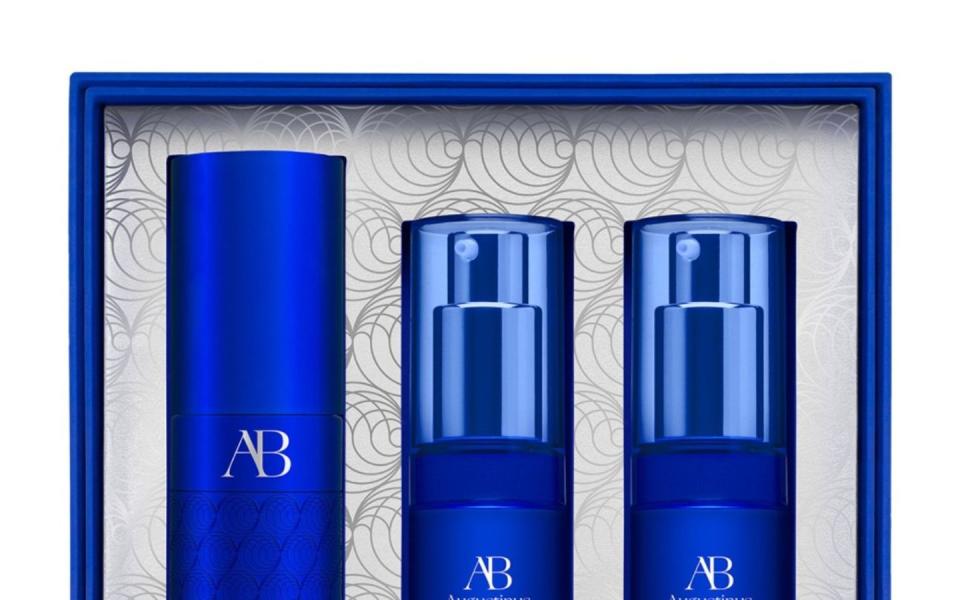
The Skin Infusion by Augustinus Bader £330: Definitely expensive, but this refillable cream is designed as a one-off skin treatment to reset sensitivity.


Cetaphil Soothing Foam Cleanser for Normal to Dry, Sensitive Skin £12.49: The opposite of stripping, this cloud-like cleanser leaves skin silky soft and glowing.
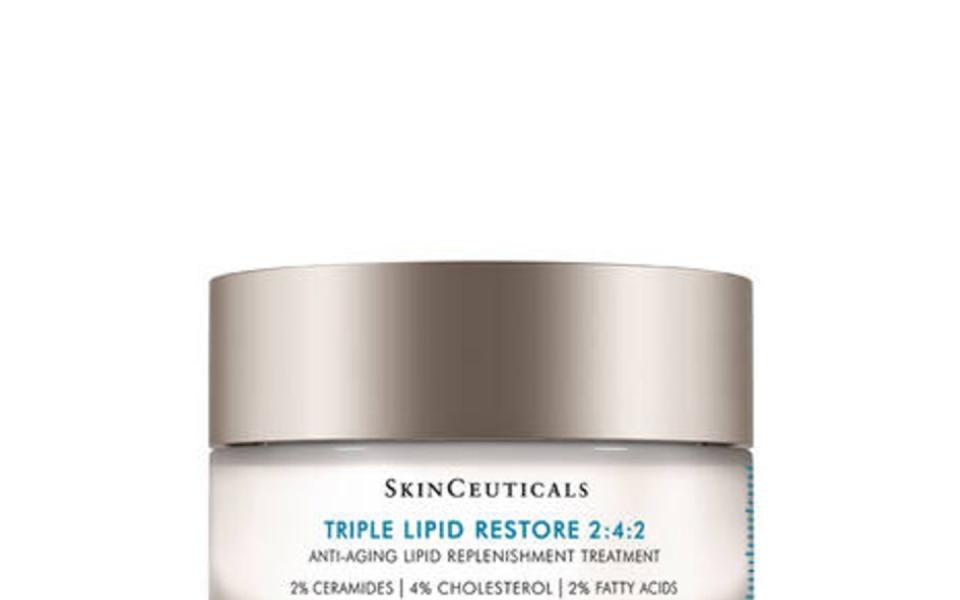

Skinceuticals Triple Lipid Restore £140: This product is designed to mimic the skin’s natural composition with a combination of ceramides, natural cholesterol and fatty acids.
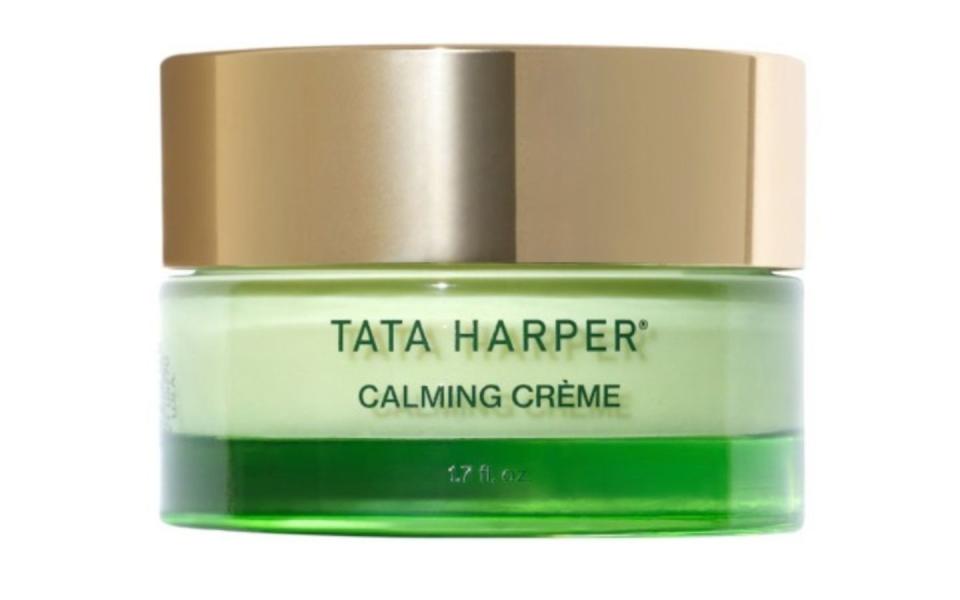

Tata Harper Superkind Calming Creme £107 : Hypoallergenic and alcohol-free. Contains anti-inflammatory ingredients such as Tahitian Golden Microalgae to help support and soothe the skin barrier.
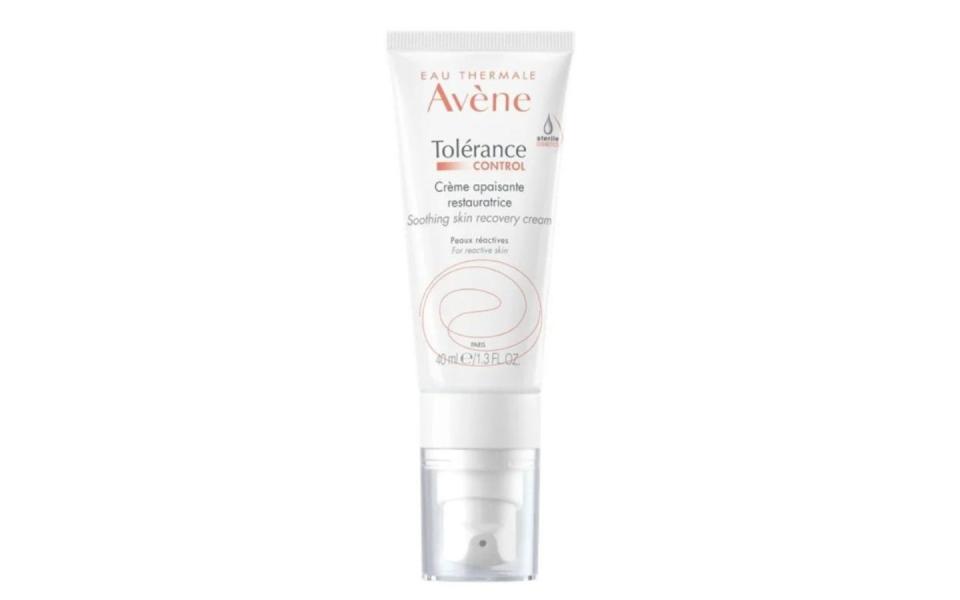

Avène Tolérance Soothing Skin Recovery Cream £16.78: Helps soothe and soften irritated skin barrier for under £20.
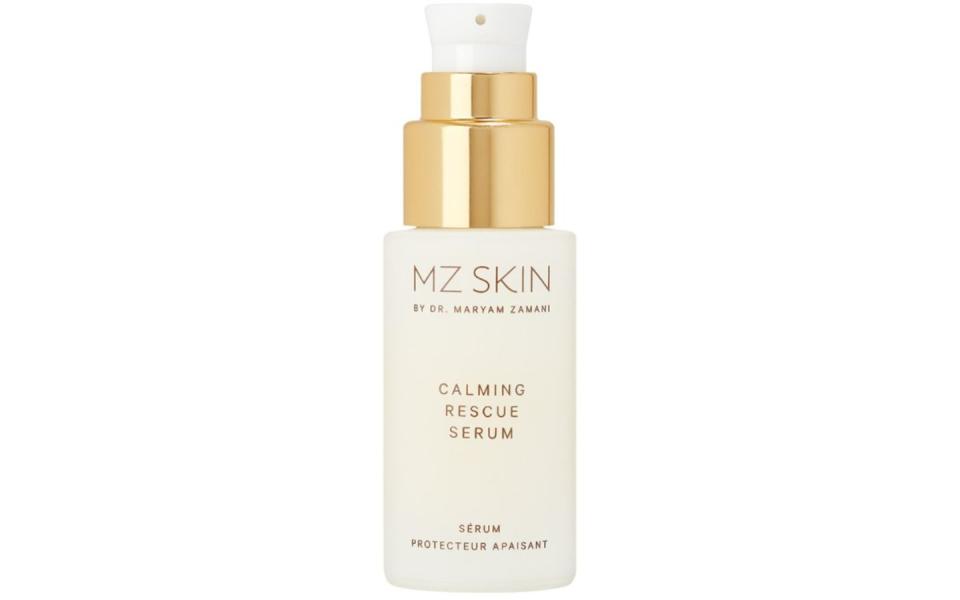

MZ Skin The Calming rescue serum £125: This soothing serum deeply hydrates skin and reduces redness. It contains vitamin D3 to protect skin from free radicals.